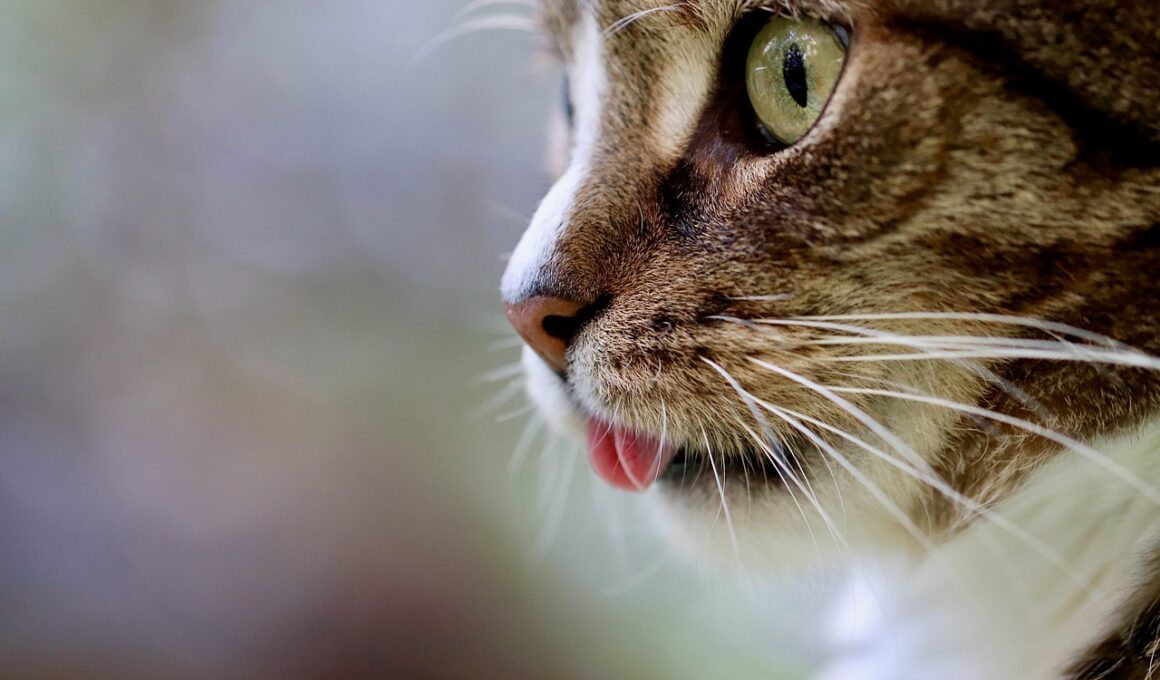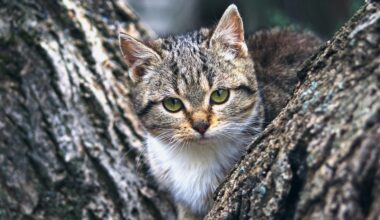How to Customize Training Stations for Kittens vs. Adult Cats
Creating effective training stations tailored to the specific needs of your cats can greatly enhance their learning experiences. Whether you own a playful kitten or a mature adult cat, customizing these training stations is vital. Kittens tend to have boundless energy, requiring stimulating environments that engage their curiosity. Conversely, adult cats may benefit from training stations that focus on refining skills they already possess, catering to their more composed demeanor. Mastering the art of customization is crucial, so you can provide opportunities for both age groups.
The first step in customizing a training station for your kitten is to ensure safety. Use soft materials that prevent injury during play, creating an environment conducive to exploration. Incorporating various textures, colors, and shapes stimulates their senses. Creating agility courses with obstacles fosters coordination while keeping them entertained. For adult cats, focus on reinforcing learned behaviors and challenging existing skills through rewarding programs. Use familiar items that appeal to their routines but introduce new challenges that keep them engaged without overwhelming them.
Next, consider using interactive toys specifically designed for your training stations. Kittens benefit from toys that encourage chasing and pouncing, helping to develop their hunting instincts. Toys with feathers, bells, or hidden treats stimulate their curiosity. For adult cats, offer toys involving problem-solving and strategic thinking, like puzzle feeders. These types of toys provide mental stimulation and a sense of accomplishment once mastered. This keeps older cats mentally engaged while fostering independence, vital for their emotional health.
Utilizing Vertical Spaces
Utilizing vertical spaces is essential in customizing training stations. Kittens enjoy climbing and exploring elevated areas, fostering their natural instincts. Install cat trees or shelves at varying heights to engage them physically and mentally. Adult cats also benefit from vertical spaces, as they provide vantage points for observation. Create cozy perches or hideaways where adult cats can retreat. This adaptation propagates a sense of security and promotes exploration while giving both kittens and adult cats their unique perspectives.
Another aspect to consider when customizing training stations is the integration of sensory experiences. For kittens, using different sounds and scents can create stimulating learning environments. Items like crinkly toys or spiked balls cater to their inquiry-driven natures. Alternatively, adult cats tend to rely more on sight and touch. Incorporating softer materials for comfort and familiar scents can promote relaxation while they learn new tricks. Providing familiar environments in both categories helps strengthen their confidence during training sessions.
Socialization plays a significant role in customizing training stations as well. Kittens thrive on interaction during learning, requiring supervised playdates with other kittens or gentle adult cats. This social interaction provides mental stimulation and essential learning about boundaries. For adult cats, interactive play is equally important, though it may include solo activities requiring engagement from their owners. Use wand toys or laser pointers that encourage old cats to play actively, helping them stay in shape while enjoying these training sessions.
Finding the Right Duration and Routine
Finding the right duration and routine is crucial when customizing training stations. Kittens have shorter attention spans, making quick, engaging sessions more effective. Aim for multiple brief training sessions throughout the day, keeping their interest alive. Conversely, adult cats can handle longer sessions but should be spaced out to keep their stress levels low. Establishing a routine around training times not only aids in habit formation but also ensures they’re comfortable and ready to learn, which ultimately leads to better mastery of new skills or tricks.
Lastly, monitor progress and make adjustments accordingly. Observe how each cat interacts with the training station and factors that may hinder or help their learning experiences. Kittens may need more varied activities to sustain interest, while adult cats might require adjustments in challenges to remain engaged. Tailoring methods and environmental elements according to individual needs ensures that both your kitten and adult cat benefit fully from their customized training stations, fostering growth and confidence that enriches their lives.


